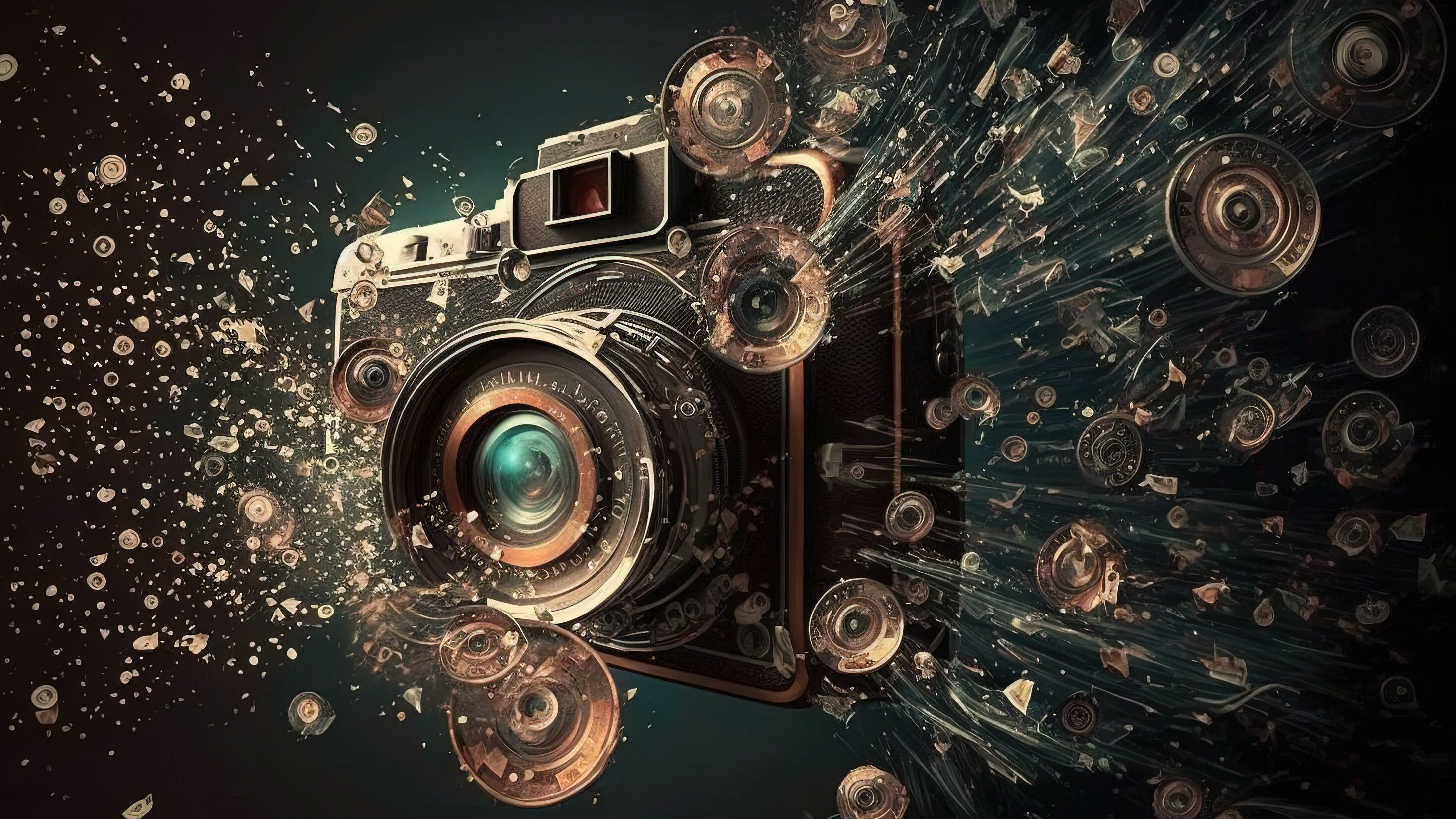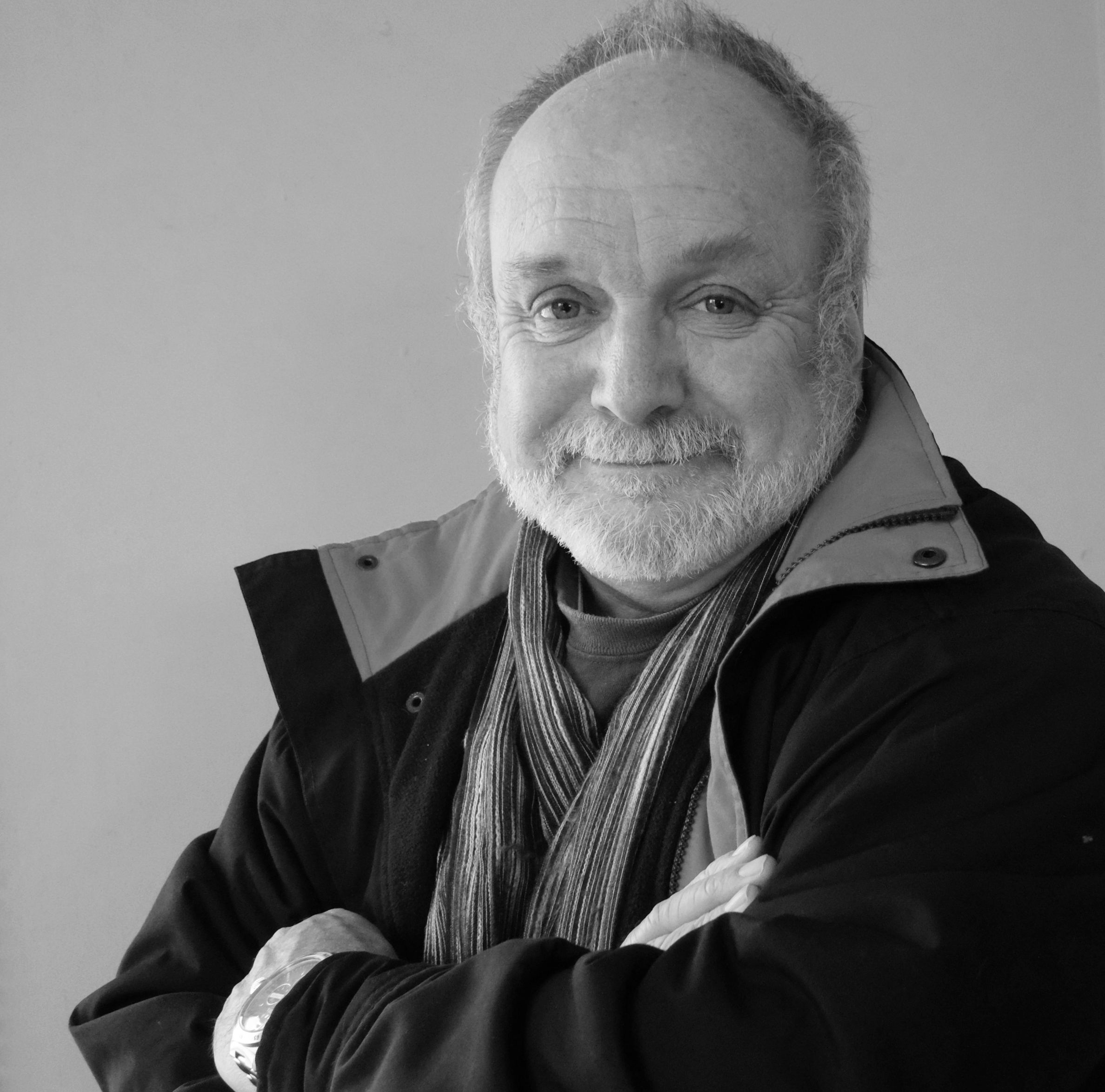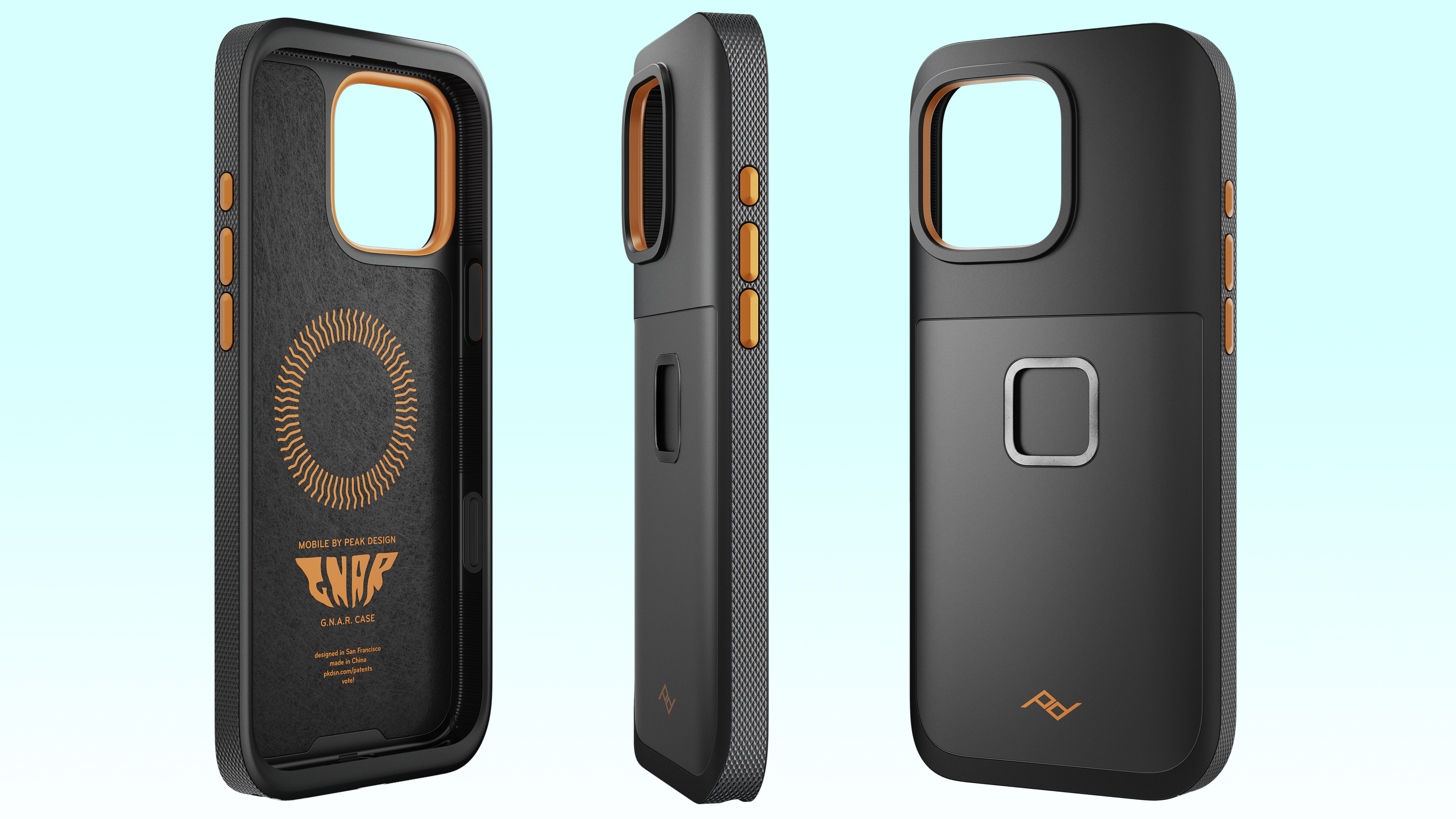AI imagery goes against everything I believe photography is about
Pro photography is facing an intelligence test, says Australian industry veteran Paul Burrows

I recently came across a succinct description of what us photographers do… “lens-based practice”. Although, “camera-based practice” is arguably just as accurate.
With the rise of AI, it’s going to be even more necessary to distinguish photography – i.e. image making using a camera and lens – from the frightening prospect that is AI-based image generation. This is machine learning software that simply uses a short text description to make up a picture from elements that it has absorbed from millions of tagged sample images.
There several AI image generators available – such as Dall-E 2, Stable Diffusion, Picsart, Craiyon and Midjourney – which have varying capabilities and applications. Dall-E, for example, even allows users to specify the lens focal length and aperture in their AI-generated images... and the results have been described as “shockingly realistic”.
The results look very convincing, convincing enough that an AI-generated image – meant to look like it was taken by a camera drone – actually won a photo competition in Australia. Submitting the image was a stunt by its creator – Sydney- based company Absolutely Ai – and it came clean after the results were announced... but a point was emphatically made. As it happens, a close examination of the image would have revealed some visual anomalies which means, just for starters, competition judges will have to be a lot more alert.
More alarmingly, a spokesperson for Absolutely Ai, quoted elsewhere, said, “We didn’t need to wake up at sunrise, drive to the beach and send the drone up to capture the image. We created this image from our couch in Sydney by entering text into a computer program”.
I don’t know about you, but frankly that appals me as it is the antithesis of everything that photography is about... namely the physical, technical and creative efforts that go into realising an idea or vision. It’s cheating on a breath- taking scale, and the potential for AI art to be deceptive or downright dishonest is immense.
We have, of course, sown the seeds for this with our embrace of image manipulation in programs like Photoshop, but because artificial intelligence is now involved, it’s going to be a lot harder to spot the fakes. Additionally, a lot of Photoshop work is pretty obvious – and mostly always acknowledged by its authors – but an image created by AI looks more like a genuine photograph, such as you might take at sunrise on a beach after making the effort to be in the right place at the right time.
Get the Digital Camera World Newsletter
The best camera deals, reviews, product advice, and unmissable photography news, direct to your inbox!
Then there’s the little issue of copyright, which will be impossible to police because components of the image have come from everywhere and there could be hundreds of different inputs. It’s very likely most of the source images would have been plundered without their authors’ knowledge or permission.
I remember the furore a few years ago when the now- defunct Australian Institute Of Professional Photography (AIPP) stripped a photographer of her awards and membership for, among other things, using some unattributed elements in images submitted for competition. These elements were tiny, but traceable, which is something that’s going to be much harder to do – if not impossible – with an AI-generated image. What we’re facing now is child’s play compared to those misdemeanours.
Not surprisingly, major stock libraries are using AI-generated images to gain additional revenue from their existing libraries or making licenses available to AI art companies. However, stock libraries are potentially also victims and, for example, Getty Images is currently taking legal action in the UK against Stability AI (the owner of Stable Diffusion), citing that it unlawfully copied and processed millions of images protected by its copyright.
AI art is not going to affect photography specific to a particular event or subject matter – such as a wedding, portraits, product or sports – but for ‘generic’ imagery that’s more conceptual or thematic, it can deliver results that would otherwise take a lot of time and effort to produce. Incidentally, Midjourney – currently one of the most popular AI image generators – can create pictures that include celebrities or public figures, but others prevent it, along with inappropriate content.
AI art is problematic for professional photographers because – at least as far as public perceptions are concerned – it undermines and devalues every aspect of what we do, most specifically the creative input. One thing is certain: it’s not going to go away any time soon.
Read more

Paul has been writing about cameras, photography and photographers for 40 years. He joined Australian Camera as an editorial assistant in 1982, subsequently becoming the magazine’s technical editor, and has been editor since 1998. He is also the editor of sister publication ProPhoto, a position he has held since 1989. In 2011, Paul was made an Honorary Fellow of the Institute Of Australian Photography (AIPP) in recognition of his long-term contribution to the Australian photo industry. Outside of his magazine work, he is the editor of the Contemporary Photographers: Australia series of monographs which document the lives of Australia’s most important photographers.
